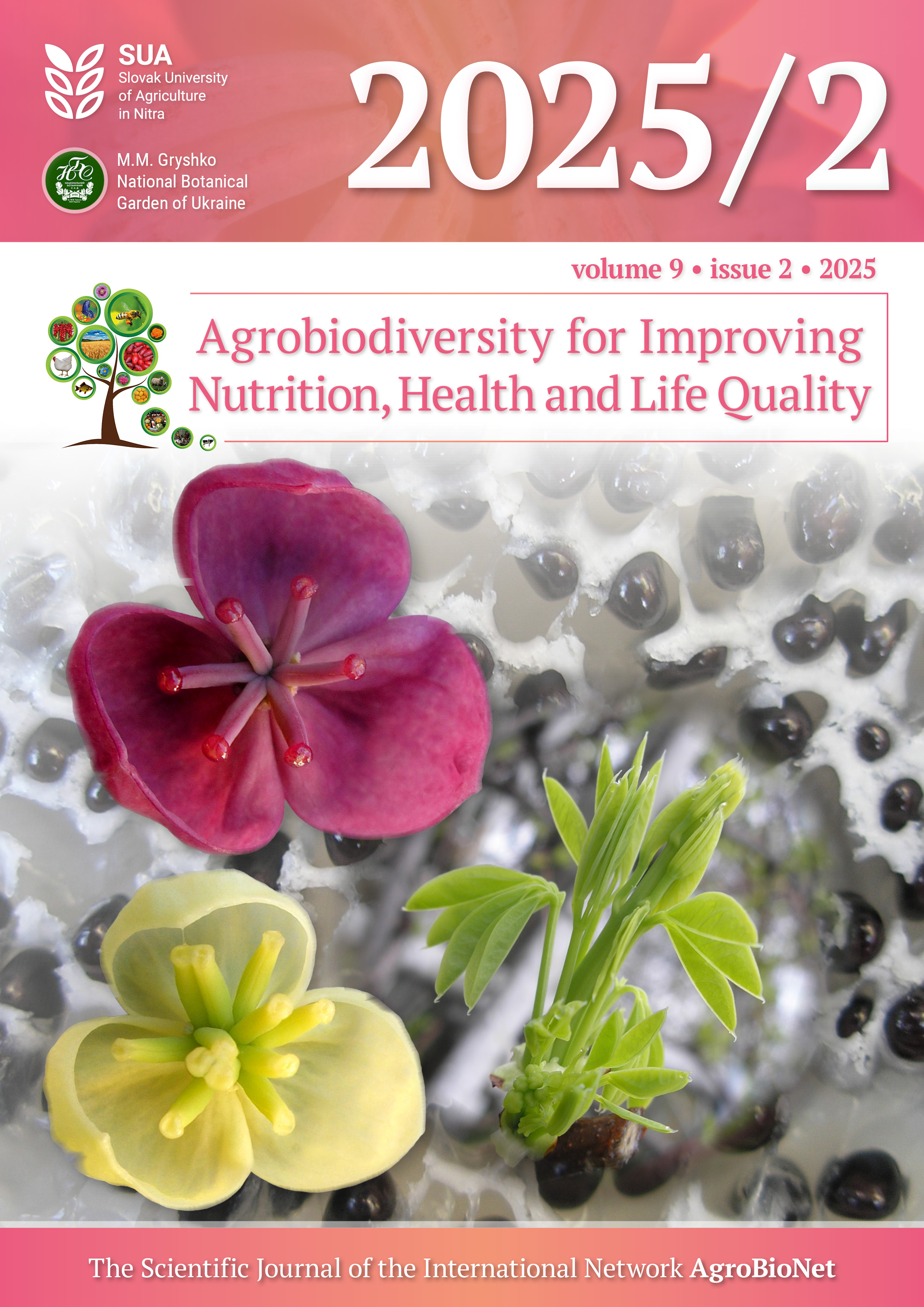Abstract
The oxidative stability of edible oils affects their nutritional quality and shelf life. This study examined the impact of cinnamon essential oil (CEO) on the antioxidant capacity and lipid oxidation of rapeseed, olive, and grapeseed oils during extended storage periods (7-120 days). Total antioxidant capacity (TAC) and 2-thiobarbituric acid reactive substances (TBARS) were used as indicators of antioxidant status and lipid peroxidation, respectively. Throughout storage, TAC decreased and TBARS levels increased progressively in all control samples, confirming time-dependent oxidative deterioration. Adding CEO significantly increased TAC values in rapeseed and olive oils, especially after 30 and 120 days, with increases of up to 45.7 and 19.2%, respectively, compared to the control group (p <0.05). In grapeseed oil, however, the CEO-induced enhancement of antioxidant capacity was transient, with significant increases at 7, 15, and 120 days, but inconsistent effects during mid-storage. Lipid peroxidation, as assessed by TBARS, was strongly influenced by both oil type and storage duration. CEO supplementation reduced TBARS accumulation in rapeseed and grapeseed oils after 60 days (by 18.3 and 36.6%, respectively), indicating a temporary protective effect. However, it occasionally exhibited pro-oxidant behaviour during the initial or final stages of storage. Among the oils tested, olive oil exhibited the highest oxidative stability and the most consistent antioxidant response to the addition of CEO. Thus, cinnamon essential oil demonstrated matrix-dependent and time-specific antioxidant and prooxidant properties. It effectively enhanced the oxidative stability of monounsaturated oils, but its performance was inconsistent in polyunsaturated systems. These findings highlight the potential of cinnamon essential oil as a natural, clean-label antioxidant additive for extending the shelf life of edible oils, provided its concentration and formulation are optimised for the oil matrix.

This work is licensed under a Creative Commons Attribution-NonCommercial 4.0 International License.
Copyright (c) 2025

